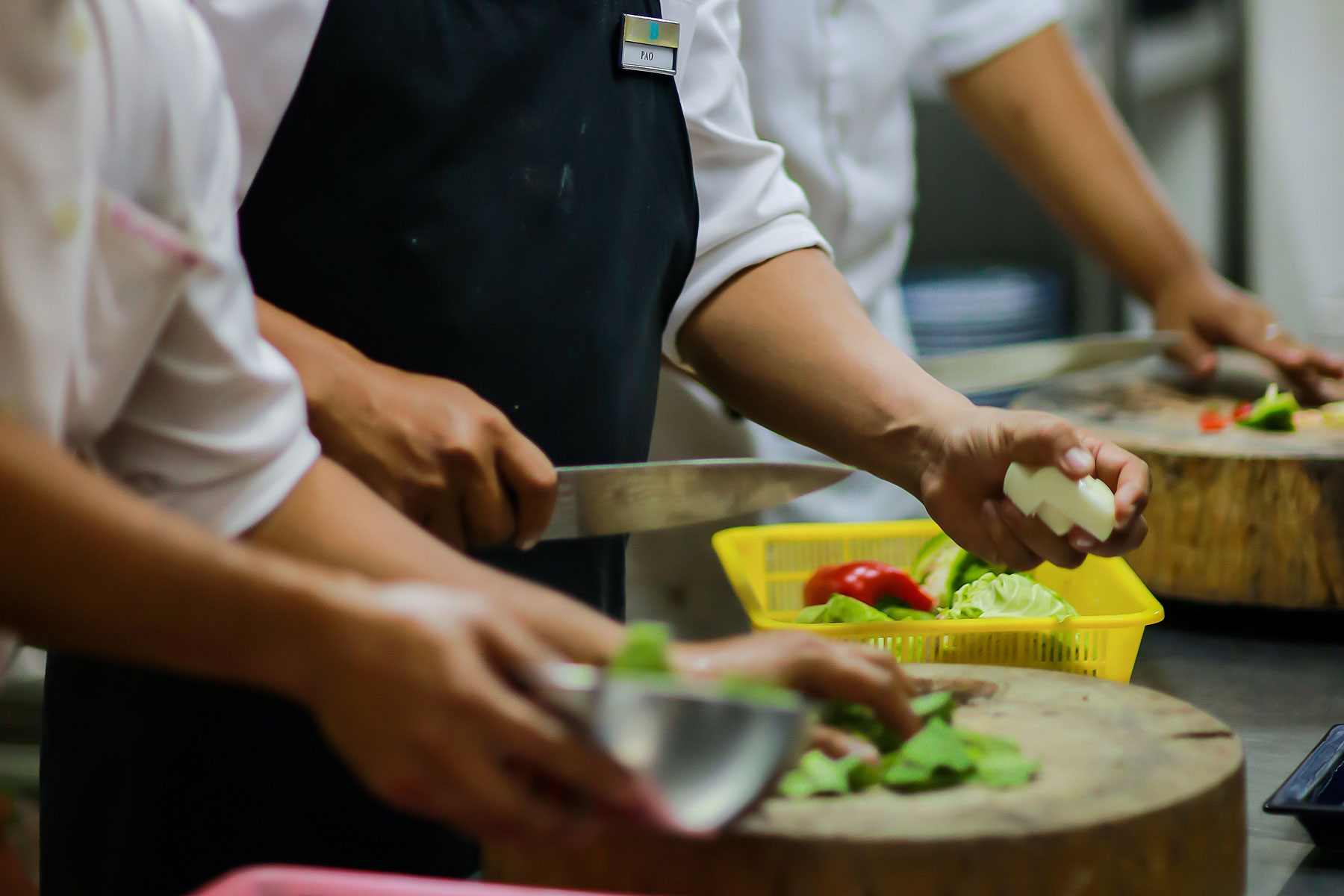
It was the E. coli outbreak heard around the world.
At least 50 people were infected coast-to-coast with the outbreak strain from a total of nine different states. When first reported, Chipotle acted quickly by closing its stores and fully complying with the FDA investigation.
The outbreak lead to a number of food safety actions taken by Chipotle, including:
- Confirming that all microbial testing performed by the company did not yield E. coli (more than 2,500 tests of Chipotle’s food, restaurant surfaces, and equipment all showed no E. coli)
- Confirming that no employees in these restaurants were sickened from this incident
- Expanded testing of fresh produce, raw meat, and dairy items prior to restocking restaurants
- Implementing additional safety procedures, and audits, in all of its 2,000 restaurants to ensure that robust food safety standards are in place
- Working closely with federal, state, and local government agencies to ensure that robust food safety standards are in place
- Replacing all ingredients in the closed restaurants
- Conducted additional deep cleaning and sanitization
Despite these actions taken, industry analysts speculated if Chipotle could recover from its soured reputation. Chipotle announced it wouldn’t pass the buck and charge higher prices as a result of additional food safety measures; a great attempt to increase consumer support since the outbreak, where Chipotle’s stock price plunged nearly 25% and their consumer perception index fell to a negative 12.5%. Regaining consumer confidence will be key for the fast casual giant, and while the company set up a webpage on their site to increase transparency with their customers, it’ll still be a long road to recovery.
What is E. coli?
E. coli is a kind of bacteria that commonly lives in the intestines of humans and animals. Certain strains of E. coli, like the STEC O26 strain found in Chipotle diners, can cause diarrhea, abdominal pain, vomiting and more. Generally E. coli is contracted by eating contaminated food, drinking water that has not been disinfected or by consuming unpasteurized (raw) milk.
Cooking is one of the guaranteed ways to kill most bacteria, but it’s difficult to wash away E. coli or other bacteria once exposed to raw ingredients like tomatoes, lettuce, onions etc. After an outbreak occurs, tracking down the specific contaminated ingredients within the supply chain for restaurants as large as Chipotle is not only challenging, but near impossible.
How can I prevent this from happening to me?
Keeping guests safe is every restaurants #1 priority. Though no food safety program can be 100% effective, preventing E. coli infection can be done by following these tips from the Centers for Disease Control and Prevention:
Check the temperature of incoming product
Ensure the temperature of your meat being delivered is below 41 degrees F. Use a thermometer (like this one from Comark) to make sure your product is safe for serving.
Store your product at the right temperatures
Safe storing temperatures vary from product to product, as well as location (think refrigerator, freezer, dry storage, etc). Not only that, you have to be cognizant of holding, cooling and reheat temperatures otherwise you could inadvertently get your customers ill. Cold food should be kept at 40° or colder; warm food should be kept above 140°. Check to make sure your refrigerator/freezer has a proper-working thermometer, and print our infographic on Safe Temperatures for Food Service and hang up all over the kitchen!
Cook meats thoroughly
This seems like a no-brainer, but failure to cook food to its proper temperature can get diners sick. Cooking is also one of the surest ways to kill E. coli.
Prevent cross-contamination
Cross-contamination is a big threat in a commercial kitchen due to the amount of bodies working very quickly. Cutting boards and knives are one of the main culprits—never use the same cutting board to cut vegetables as what you used to break down a chicken. Lucky for you, we have a Color-Coded Cross-Contamination Chart infographic to help show you how to prevent cross-contamination in your kitchen and keep diners safe (bonus, it’s in Spanish too!).
Cool products before placing them in your refrigerator or freezer.
Few things speed up bacteria growth faster than placing warm food directly into your refrigerator or freezer. Not only do you compromise the integrity of your food, but a hot dish will raise your refrigerator’s internal temperature. And don’t forget, keeping food warm for an extended period of time can make it spoil as well.
So what do you do?
Try using a Rapi-Kool Cold Paddle from San Jamar to safely cool your food and reduce the amount of bacterial growth. Dishwasher safe and made of food-grade plastic, you’ll cool down your soups and stock more quickly and safely.
For more food safety products, shop Tundra Restaurant Supply.
Shop Food Safety Products